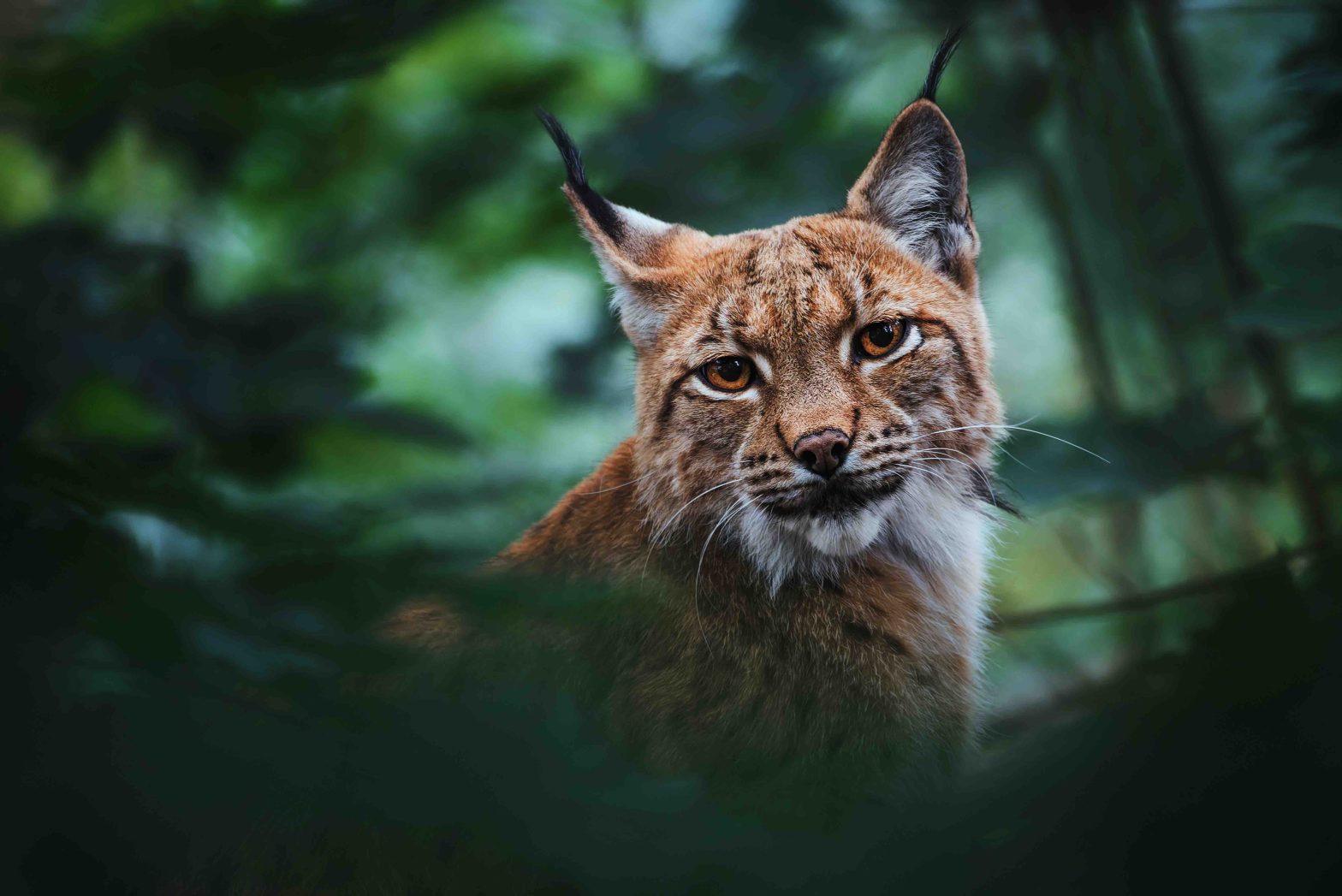Missing Lynx

Missing lynx: keystone species and why they matter in the UK
Over the last few years there has been a lot of talk about and action in reintroducing beavers around the UK. There are now populations of beavers living in England, Scotland and Wales. Not just in rural areas but in cities as well.
Their journey to acceptance hasn’t been a smooth one. Some farming communities held concerns that beavers could cause damage to their land or that beaver burrows would destabilise flood banks along some rivers.
Why has their return been so important? These water-loving rodents are already helping to reduce flood risk, improve water quality and boost biodiversity in their habitats. They are what’s known as keystone species, influencing the abundance and type of other species and shaping the landscape around them.
One of the defining characteristics of a keystone species is that it fills a critical ecological role that other animals or humans cannot easily fill. Without their keystone species, local ecosystems in the UK have radically changed or ceased to exist altogether.
Beavers act as ecosystem engineers. Their dams slow down water flow and filter water pollutants; their ponds provide a source of water during dry periods; their wetlands help capture carbon and support a greater variety of local plant and animal life.
Top predators like the lynx are another kind of keystone species. Unlike the rest of continental Europe, the UK has no apex predators that keep other animal numbers in check naturally. In a perpetual state of imbalance, the result is overpopulation in the UK of other species.
For example, lynx prey largely on roe deer. The UK currently has the highest level of deer for 1000 years with a population of around half-a-million animals. Too many deer browse away woodland habitats for other species and hold back natural regeneration. Unless people intervene and cull them, the number of deer in the UK will keep on growing.
Lynx reintroductions in continental Europe have seen numbers bloom to around 9,000 individuals in ten populations, roaming across twenty-three countries. However, you would be lucky to see one; lynx are mainly nocturnal, reclusive and very wary of humans. The size of a Labrador, they hunt alone and not in packs like wolves.
Nonetheless, for some people the idea of wild cats roaming freely may be frightening. Others worry about lynx attacking sheep – although such events are shown to be very rare and are not seen as a significant problem.
According to Trees for Life CEO Steve Micklewright, speaking on the latest Carbon Copy Podcast about rewilding in the UK, the answer to reintroducing lynx in the UK lies with better engagement and more incentives for those, like farmers, who might have the most concerns about the idea.
As part of a nature restoration strategy, the UK needs Eurasian lynx in the same way it needs its rodent ecosystem engineers. In the words the rewilding pioneers at Knepp,
We know the importance of these keystone species, we know how to live with them, and we are duty bound to restore missing species to Britain. To do that, we need strong government support and management plans to reassure farmers and landowners.
As ever, the key is for us to work with nature to keep things in balance and build a sustainable future together. Learn more about some amazing community-led rewilding initiatives as part of our series on 25 Big Local Actions in 2025.
Recommended from Carbon Copy
-
 Affordable Energy, Buildings & Places, Climate Action, Good Food, Greater Fairness, Health & Wellbeing, Less Waste, More Jobs, Strong Communities
Affordable Energy, Buildings & Places, Climate Action, Good Food, Greater Fairness, Health & Wellbeing, Less Waste, More Jobs, Strong CommunitiesCopy these! 5 big local ideas about creating a community hub.
Learn how communities are reinvigorating once-forgotten spaces, to bring local environmental, social and economic benefits.
-

How to Choose a Sustainable Christmas Tree: Real vs Fake
As you’re gearing up for the festive season, the question of which Christmas tree to bring home might come up.…
-
 Food and Agriculture, Good Food, Greater Fairness, Health & Wellbeing, Less Waste, Thriving Wildlife
Food and Agriculture, Good Food, Greater Fairness, Health & Wellbeing, Less Waste, Thriving WildlifeCopy These! 5 Big Local Ideas About Creating A Food Partnership
We all need to eat, and a food partnership is a great way to create a stronger, more sustainable, more…
-

How to Have an Eco Friendly Bonfire Night
Bonfire Night is one of the most anticipated dates in the UK calendar. But behind the sparklers and fireworks, the…